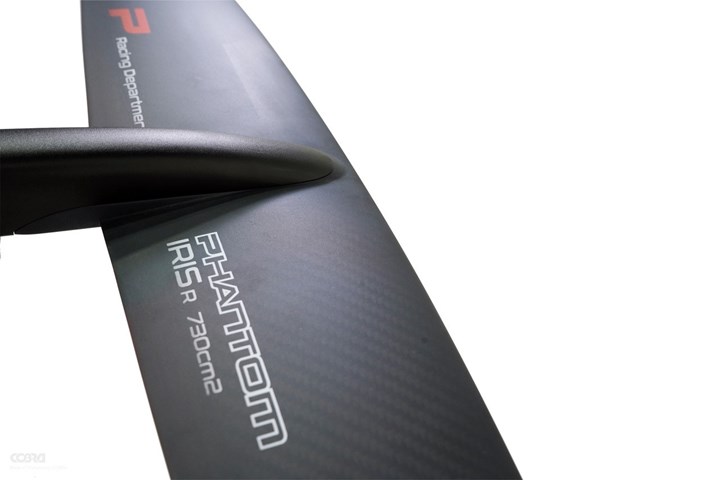Cobra International commissions prepreg compression molding production line
Production capacity delivers highly structural prepreg carbon fiber hydrofoil components with a final surface finish straight from the mold.

Photo Credit: Cobra International
On April 6 Cobra International (Chonburi, Thailand) announced the commissioning of a new prepreg compression molding production line. Now complete, and with series production of parts underway, the new production capacity delivers prepreg carbon fiber parts with a final surface finish straight from the mold tool.
While Cobra says it has produced prepreg parts for several decades at its 100,000-square-meter manufacturing facility, previous part fabrication has been processed via autoclave or vacuum bag. Targeting higher volume applications, the company required a faster production process. Developed during the second half of 2020, Cobra’s new compression molding line is currently producing monolithic carbon fiber wing and mast components for leading foil brands Phantom Windsurfing (Dinard, France) and MFC (Tarifa, Spain and Haiku, Hawaii).
For example, the Cobra production engineering team has focused on a full-value stream mapping of the manufacturing process, optimizing the Phantom IRIS X foil production for efficiency, reduced cycle time and to achieve final part dimensions and surface finish straight from the mold.
To do this, Cobra has developed processes to analyze each new compression-molded part and produce a ply book of 2D shapes. Individual prepreg plies are stacked, preformed in low temperature tooling and then loaded into steel mold tools for the final compression molding cure cycle.
“There are three key aspects of our new compression molding production that offer major benefits to our customers,” comments Pierre Olivier Schnerb, CTO. “First, we can offer customers extremely rapid prototyping, with full prepreg parts available within ten days. Our own ply book development process is a critical part of this rapid response, helping us to define a full ply book for each mold geometry in only a few hours. Lastly, we were clear from the outset that we had to remove the need for a traditional multi-layer clear coat. It was a challenge, but we now make highly structural parts with the required surface finish straight from the mold.”
Cobra says it continues to develop its prepreg compression molding technology with a resin matrix and mold heating improvements that promise short cycle times in the future. Following the successful integration of its compression molding line, the company is currently scaling up with a second line planned to come on stream in the second half of 2021. This additional capacity will support prepreg component production across a diverse range of applications such as foils, prosthetics, automotive and motorcycle components.
Related Content
-
Natural fiber composites: Growing to fit sustainability needs
Led by global and industry-wide sustainability goals, commercial interest in flax and hemp fiber-reinforced composites grows into higher-performance, higher-volume applications.
-
The lessons behind OceanGate
Carbon fiber composites faced much criticism in the wake of the OceanGate submersible accident. CW’s publisher Jeff Sloan explains that it’s not that simple.
-
TU Munich develops cuboidal conformable tanks using carbon fiber composites for increased hydrogen storage
Flat tank enabling standard platform for BEV and FCEV uses thermoplastic and thermoset composites, overwrapped skeleton design in pursuit of 25% more H2 storage.













